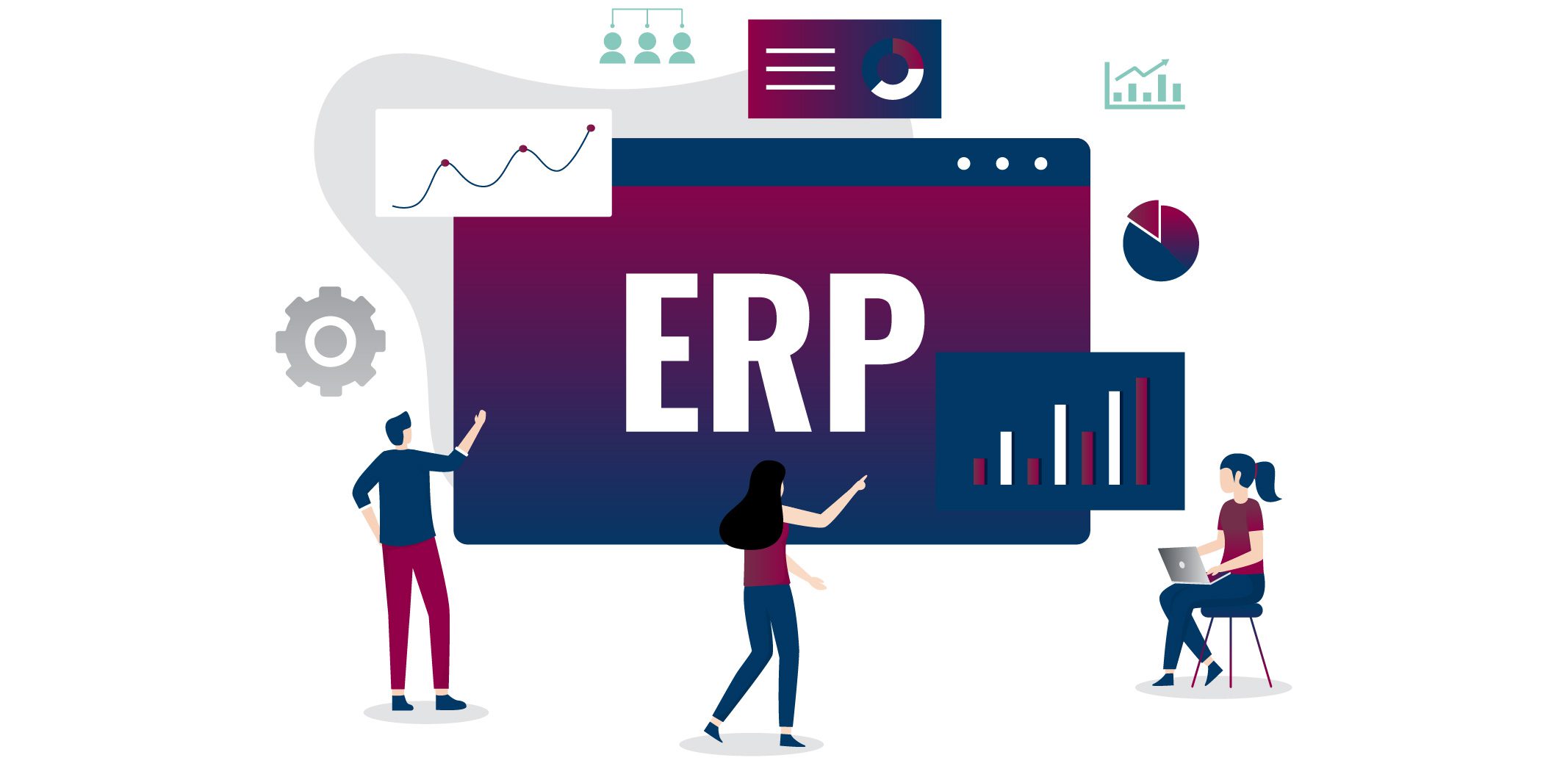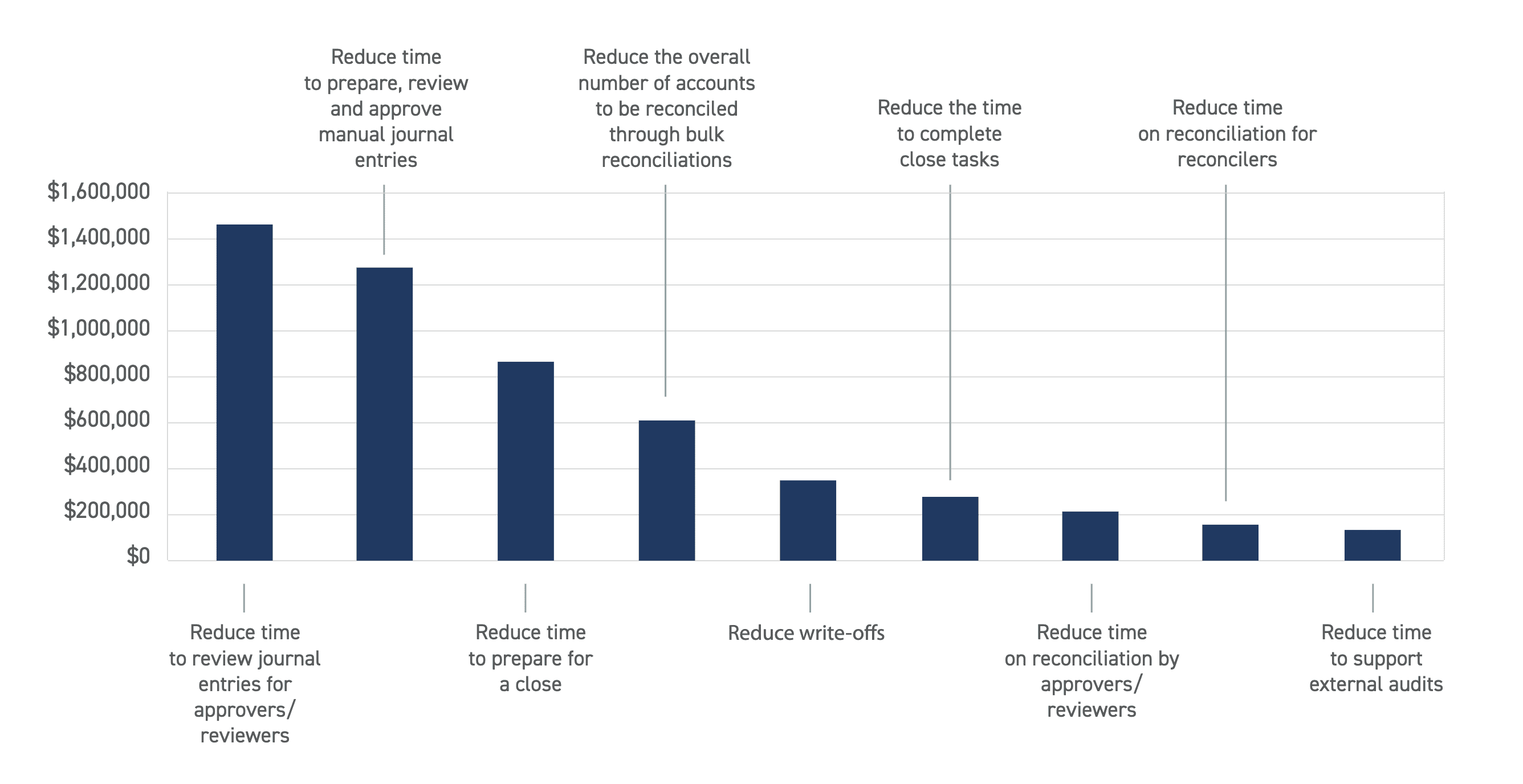The Consequences of Incomplete Strategic Financial Management
Blog post
Share
“That’s the way we’ve always done it.”
No longer are organizations letting that phrase slip out, as the last few years have prompted leadership to realize that the traditional methods for accomplishing strategic goals are neither effective nor efficient. In fact, the net global spending for digital transformation is expected to increase to more than $2 trillion by 2022.
Automation is increasingly being incorporated into enterprises’ strategic financial management plans, especially in the Office of Finance. One such example is automated ERP integration into the Record to Report process. Direct ERP integration improves accuracy, thereby reducing organizations’ risk profiles to ensure that organizations can pursue strategic goals, such as M&A opportunities, without distraction.
But what is strategic financial management? And how does automation align with those strategies to expedite organizations’ future goals?
What is Strategic Financial Management?
Strategic financial management is a term that describes how organizations manage their finances to meet their strategic goals and maximize shareholder value. In the example above, ERP integration automation reduces risk and manual costs to achieve a possible M&A event. Additionally, it also streamlines the M&A process itself for the Office of Finance by providing a standardized method to consolidate master data management from several different processes.

These financial management strategies should be a part of the holistic enterprise strategy — however, many companies don’t complete the automation strategy inside of this overall strategy.
In fact, many automate only one piece — usually balance sheet reconciliations — and leave the rest of the Record to Report up to manual methods.
Consequences of Manual Financial Processes
When organizations automate their reconciliation process but leave other processes — such as journal entry, close management and compliance — to be completed manually, what happens is:
- They limit the efficiency gains to only one process (reconciliations) and stunt the rest of the Record to Report. Effectively, they cancel out their ROI with inefficient processes down the road.
- These organizations also leave themselves open to future financial risk due to a lack of visibility and control.
For example, many organizations have a compliance framework for their organizations. But when that framework is inside of a manual Record to Report process, there’s not an effective way to measure the impact of that compliance framework through methods such as controls testing.
Or in the case of journal entries: many entries might be incomplete at period-end, which is understood, but do organizations measure the impact those incomplete journal entries have on the organizations’ risk profile?
Without a complete Record to Report automation strategy, organizations invite compliance violations and revenue loss in the future — which can greatly impact the goals of the enterprise.
What Does the Enterprise Gain From Effective Strategic Financial Management?
With full Record to Report automation — including balance sheet reconciliations, journal entry, compliance, and close management — Cadency® by Trintech customers experience:
- Maximized revenue flow: up to a 62% reduction in write-offs and 14% reduction of revenue risk due to misstatements
- Full efficiency savings: up to a 75% reduction in time for rework due to misstatement and up to a 75% reduction in time spent on journal entry adjustments
- Better audit satisfaction: up to a 20% time reduction in controls testing and 60% reduction in time to support external audit
- Increased employee loyalty: Up to a 12% reduction in employee turnover
In a customer interview for a medical technology company, the top nine benefits gained from Cadency were aligned with the potential value experienced from those benefits:

If you’ve only automated one piece of your Record to Report, then you understand the benefits and ROI from automation. What could you do with the savings across the entire Record to Report process? Imagine the success your enterprise strategy would yield then.
Written by: Ashton Mathai

